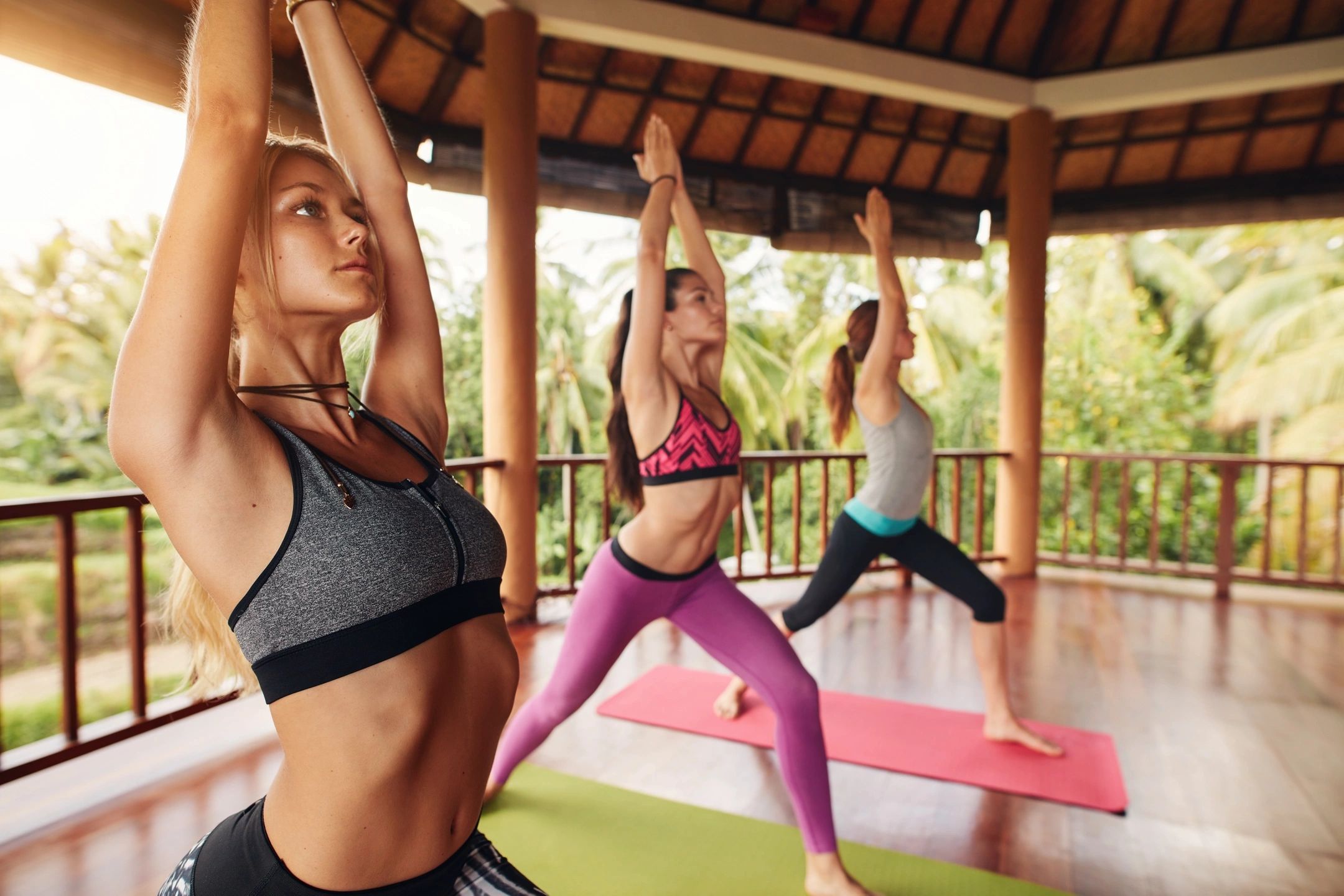Mobility in fitness is more than just a buzzword; it’s a critical component of a well-rounded physical health strategy. At its core, mobility refers to the ability of joints and muscles to move through their full range of motion efficiently and without discomfort. This concept impacts every movement, from reaching overhead to performing a flawless squat. Prioritizing mobility is not just about physical prowess; it’s about fostering long-term movement efficiency and preventing injuries that could derail your fitness journey.
The Distinction Between Mobility and Flexibility
Mobility and flexibility are often used interchangeably, but they represent distinct aspects of movement. Flexibility focuses on the elasticity of muscles, enabling them to stretch passively. Mobility, on the other hand, encompasses strength, coordination, and joint functionality to facilitate active and controlled movements. For example, having flexible hamstrings doesn’t guarantee you can hinge at the hips effectively—a skill that requires mobility. By understanding this distinction, you can tailor your fitness routine to address both aspects, achieving balanced movement capability.
Benefits of Enhanced Mobility
Improving mobility is a game-changer for anyone, regardless of age or fitness level. Key benefits include:
- Optimized Joint Health: Mobility training nourishes cartilage and strengthens connective tissues, safeguarding against degeneration.
- Injury Prevention: When your body moves efficiently, it minimizes the strain on muscles and ligaments during workouts.
- Improved Athletic Performance: Athletes with strong mobility foundations execute movements with greater power and precision.
- Daily Life Ease: Tasks like bending, lifting, or even climbing stairs become simpler and less taxing on the body.
- Longevity in Fitness: Mobility ensures that physical activity remains accessible and enjoyable throughout your life.
Essential Mobility Practices for All Fitness Levels
To cultivate mobility, focus on exercises and techniques that support dynamic motion and joint health:
- Dynamic Stretching: Pre-workout stretches like walking lunges and shoulder rolls prepare your body for activity.
- Controlled Articular Rotations (CARs): These slow, deliberate joint movements enhance range of motion and stability.
- Yoga Sequences: Poses like downward dog and pigeon stretch simultaneously promote flexibility and strength.
- Foam Rolling: This self-massage technique reduces muscle tension, improving mobility over time.
- Functional Drills: Movements like step-through lunges and single-leg balances replicate real-world challenges, fostering resilience.
How to Make Mobility a Priority in Your Routine
Incorporating mobility into your fitness routine doesn’t have to be overwhelming. Begin by dedicating five to ten minutes to mobility exercises during warm-ups and cool-downs. On rest days, engage in a yoga or mobility-focused session to enhance recovery. If time is tight, integrate movement breaks throughout your day—simple stretches at your desk can work wonders. By making mobility a non-negotiable part of your schedule, you’ll see improvements in other fitness areas.
Addressing Misconceptions About Mobility
Despite its significance, mobility often gets overshadowed by strength and endurance training. A common misconception is that mobility is only for older adults or those recovering from injuries. In reality, mobility benefits everyone, from high-performing athletes to weekend warriors. Another myth is that mobility work is time-consuming or unnecessary for those already flexible. The truth is, mobility complements flexibility by building strength and stability within the joints, making it essential for all fitness enthusiasts.
The Lifelong Value of Mobility
Mobility in fitness isn’t just about performing better in the gym; it’s about enhancing the quality of your life. From protecting joint functionality to enabling efficient movement patterns, mobility underpins physical longevity. By investing time in mobility now, you’re setting the stage for a future where movement remains fluid and pain-free. Commit to prioritizing mobility, and you’ll discover its transformative power in both your fitness routine and daily life.
Summary
Embracing mobility unlocks the potential for a resilient, adaptable body. With consistent practice and mindful effort, you’ll not only improve your performance but also ensure that your fitness journey is sustainable and rewarding for years to come.
Please like, comment, and share this article if you found it helpful and
informative.
Visit Big Town Bulletin if you would like to see more of this content.
Please like, comment, and share this article if you found it helpful and
informative.
For more news check out Big Town Bulletin News
For more from Big Town Bulletin check out Big Town Bulletin


